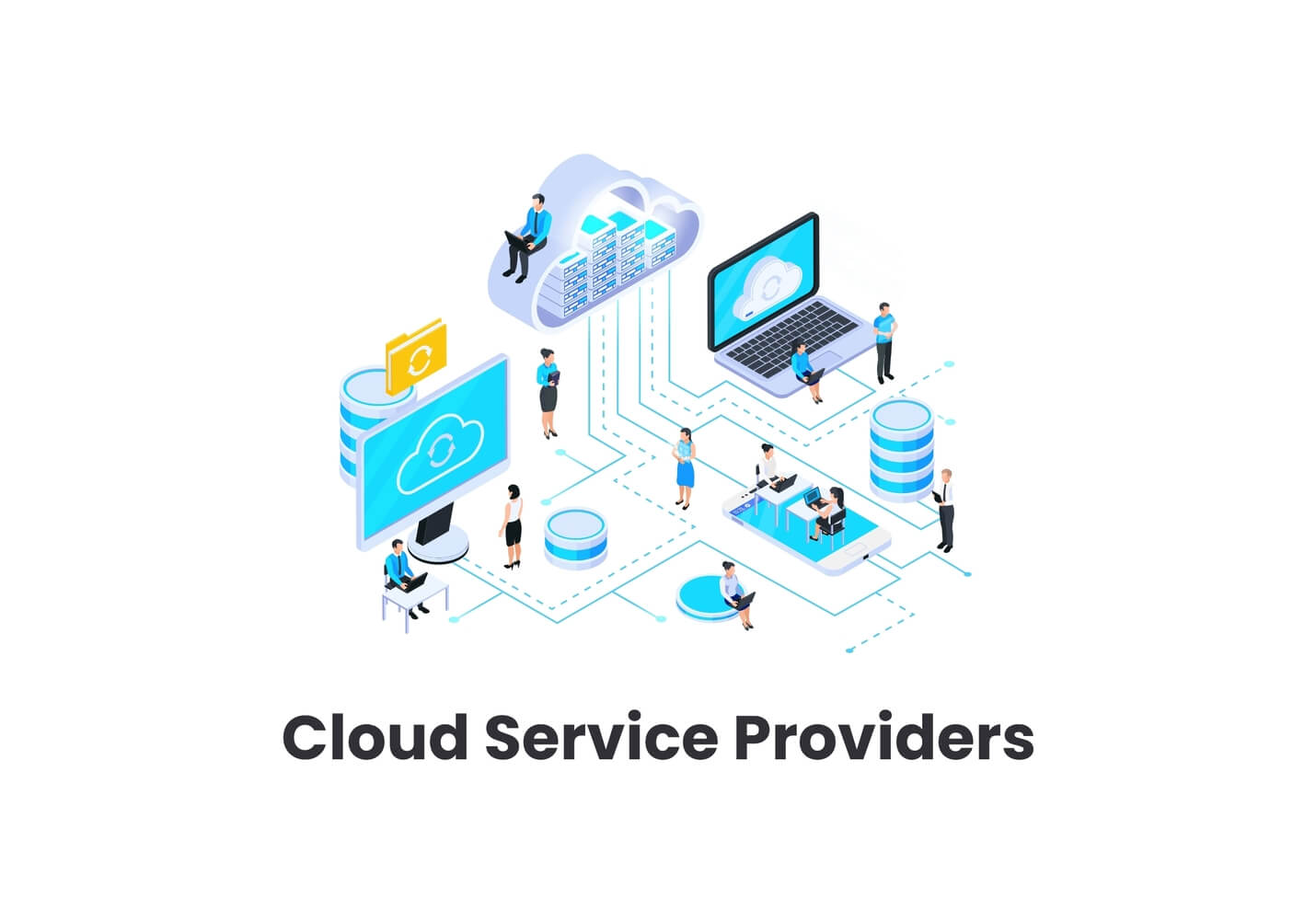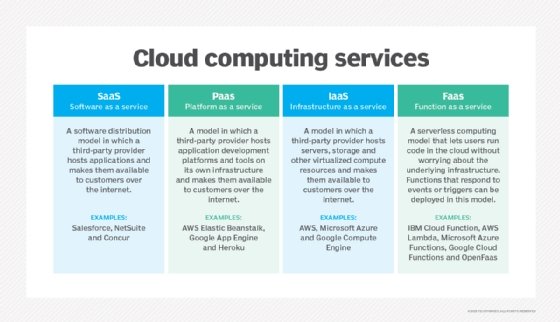LinkDaddy Cloud Services Decoded: Expert Insights right into Universal Cloud Service Advancements
Simplify Your Framework With Cloud Services
As businesses navigate the ever-evolving landscape of innovation and information administration, the duty of cloud services in simplifying framework has come to be significantly famous. Just how can services properly browse this transition and truly open the capacity of cloud services for simplifying their framework?
Advantages of Cloud Services
Cloud solutions supply a streamlined technique to handling IT framework, giving businesses with versatility, scalability, and cost-efficiency. One of the essential benefits of cloud services is the scalability they supply. Organizations can easily scale their sources up or down based upon need, guaranteeing they just pay for what they make use of. This flexibility is specifically beneficial for businesses with varying requirements or those experiencing growth.
In addition, cloud solutions get rid of the need for services to buy costly software and hardware. This cost-efficiency is a substantial benefit, particularly for tiny to medium-sized business looking to lessen in advance expenses. By using cloud services, services can access high-grade IT sources without the hefty price connected with traditional framework arrangements.
Furthermore, cloud solutions provide services with the versatility to access their information and applications from anywhere with a net link. This level of access improves cooperation amongst teams, enables remote work, and enhances total productivity. The adaptability provided by cloud solutions empowers organizations to adjust rapidly to changing market problems and consumer needs.
Cost Savings and Scalability
In addition to the operational benefits highlighted previously, the assimilation of cloud services right into a company's framework comes up with substantial price savings and boosted scalability. Cloud solutions supply a pay-as-you-go model, enabling businesses to scale resources up or down based on current requirements, thus preventing the prices linked with preserving excess ability. This flexibility makes it possible for companies to adjust quickly to varying needs without incurring unneeded expenses.
Furthermore, cloud services eliminate the need for in advance financial investments in equipment and software application, minimizing resources expenses. General expenses are additionally lessened as business no much longer need to manage and maintain physical web servers, leading to lower energy consumption and IT staffing costs. Additionally, cloud services give automatic updates and upkeep, making certain that the facilities continues to be current and safe and secure without calling for manual treatments.
Improved Security Steps
Carrying out stringent security measures is extremely important when incorporating cloud services right into a company's facilities to ensure and secure sensitive data compliance with sector policies. Cloud provider provide enhanced protection features such as data encryption, firewall software security, and multi-factor authentication to reduce cybersecurity dangers. Encryption assists protect information both at rest and in transit, making certain that just authorized users can access sensitive information. Firewall programs work as an obstacle between exterior hazards and interior networks, surveillance and managing inbound and outward bound network website traffic. Multi-factor authentication adds an extra layer of security by needing customers to moved here provide several types of verification prior to accessing the cloud services.
Moreover, regular protection audits and compliance assessments aid ensure and recognize susceptabilities adherence to industry criteria. Companies can additionally take advantage of features like automatic safety and security updates and real-time risk tracking offered by cloud service suppliers. By prioritizing safety procedures and staying proactive in resolving possible threats, services can with confidence utilize cloud solutions while securing their beneficial data from unauthorized access or breaches.
Transitioning to Cloud Infrastructure
To efficiently incorporate cloud services into a firm's facilities, an organized approach that deals with the change in the direction of cloud-based remedies is crucial. Transitioning to cloud framework involves careful preparation and execution to guarantee a smooth migration procedure. The initial step is to examine the existing facilities and figure out which applications and systems are suitable for migration to the cloud. This assessment should think about factors such as information sensitivity, conformity demands, and performance needs.
As soon as the evaluation is complete, a migration method should be created. This method ought to detail the timeline, sources, and duties for moving each element to the cloud. website here It is vital to communicate this plan clearly to all stakeholders to make sure alignment and minimize disruptions during the shift.
Throughout the migration testing, monitoring and process are essential to recognize and attend to any concerns promptly. Regular checkpoints ought to be established to track progression and make required adjustments. Furthermore, training for employees on using cloud solutions need to be supplied to guarantee an effective transition and make best use of the benefits of the new framework.
Finest Practices for Cloud Adoption
Successful fostering of cloud solutions depends upon the calculated placement of service goals with technical abilities and organizational preparedness. To ensure a smooth change to the cloud, companies need to start by conducting a comprehensive evaluation of their existing facilities and identifying which work are best matched for cloud movement. It is vital to entail key stakeholders from different divisions in the decision-making process to obtain buy-in and deal with any concerns at an early stage.
One more finest practice for cloud adoption Find Out More is to prioritize protection and compliance. Organizations must thoroughly assess the protection steps provided by cloud service suppliers and guarantee that their data is secured according to sector standards and regulatory demands. Carrying out durable data file encryption, access controls, and normal protection audits can aid mitigate threats connected with cloud fostering.

Final Thought

As organizations navigate the ever-evolving landscape of innovation and data monitoring, the role of cloud services in simplifying infrastructure has come to be increasingly famous - linkdaddy cloud services press release. How can services effectively navigate this transition and truly unlock the possibility of cloud solutions for streamlining their facilities?
Cloud services use a streamlined method to managing IT infrastructure, supplying organizations with flexibility, cost-efficiency, and scalability. By utilizing cloud solutions, organizations can access top notch IT sources without the large price tag connected with traditional facilities setups.
To ensure a smooth shift to the cloud, companies need to start by conducting a detailed evaluation of their current facilities and determining which workloads are best suited for cloud migration.